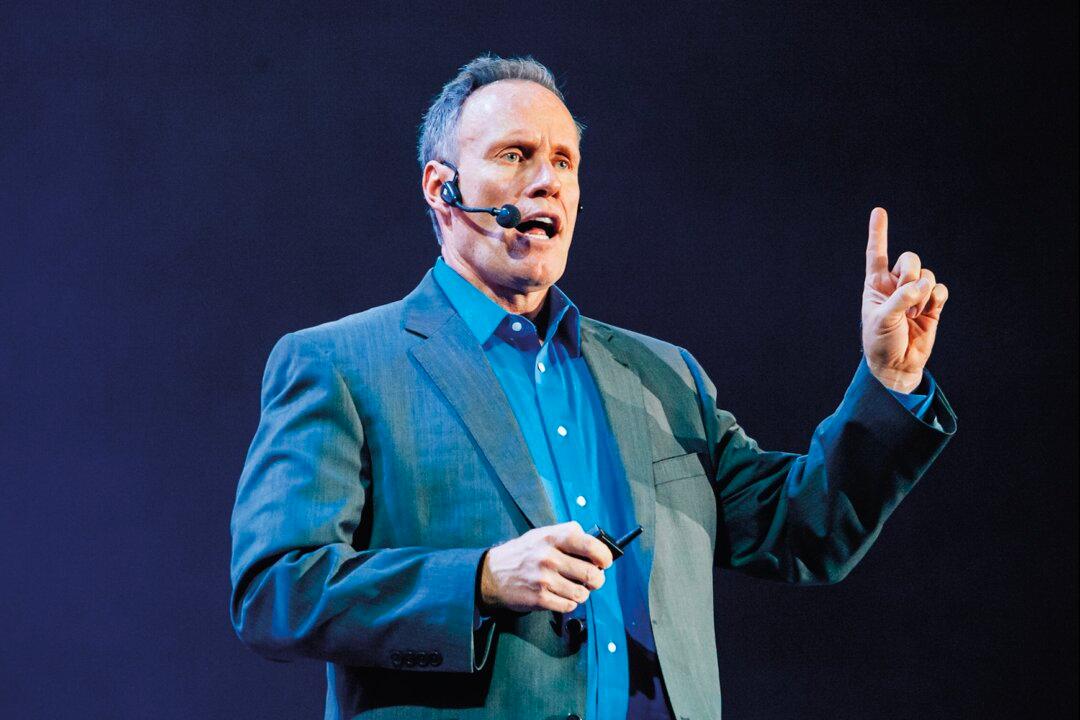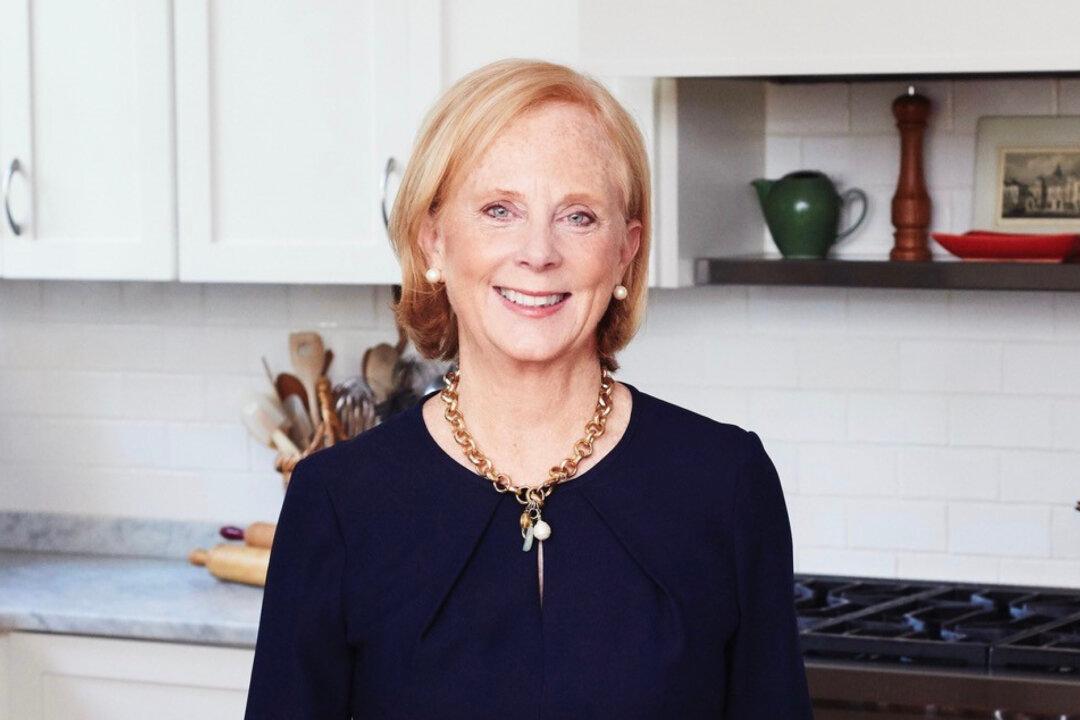In the world of leadership and trust, few names resonate as strongly as Stephen M.R. Covey. He carries a legacy closely tied to his father’s groundbreaking work, “The 7 Habits of Highly Effective People,” which was one of the most influential self-improvement books of the 20th century.
Mr. Covey co-founded CoveyLink, a consultancy firm, and is a leader at the coaching company co-founded by his father, FranklinCovey, both of which emphasize a movement toward trust and increased transparency in business ethics. His philosophy centers on the belief that nothing moves as swiftly as the speed of trust, making trust between partners critical for navigating the global economy. He defines leadership as producing results while inspiring trust, a pragmatic approach that enhances an organization’s ability to execute existing strategies. Mr. Covey’s insights on trust, leadership, ethics, and high performance have made him a sought-after speaker and advisor.





